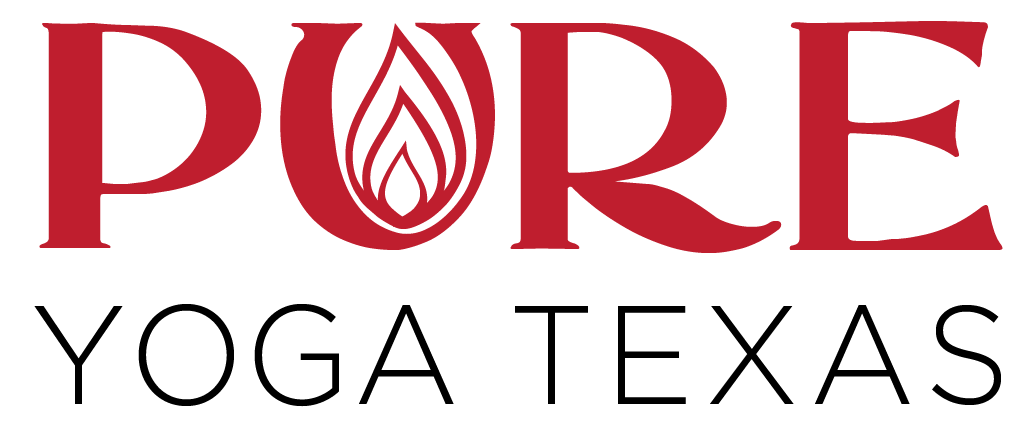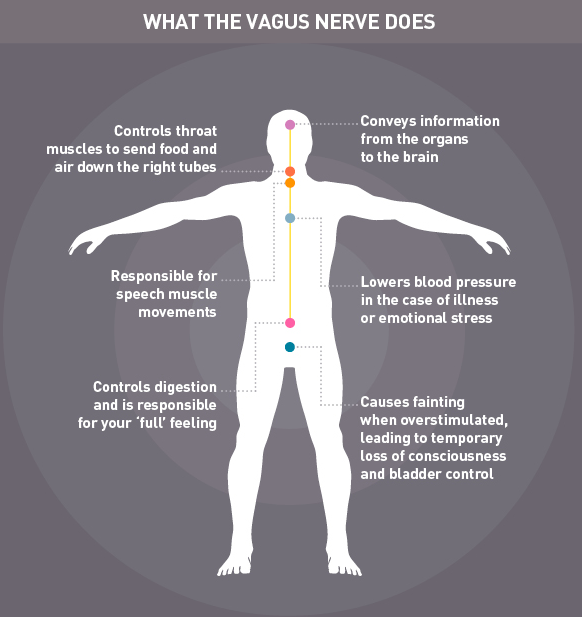Savasana for the WIN! (Because science said so.)
Dead body pose:
Stillness...
Relaxation...
Restoration...
Receiving...
The words go on and on to describe this delicious part of our yoga practice. For most yogis, Savasana can be made to 'seem easy,' yet is often the most difficult to execute.
The mind wanders, the fidgets start the breath changes, all making it hard to surrender. Yet being present in the moment can benefit both the mind and the body dramatically.
An Effort of Will, and a Little Concentration...
Understanding this essential posture requires a look back at its origin. According to Scott & Ida, the head-teachers of Ghosh Yoga, the first iteration appeared in the 12th century.
The practice of Savasana is the gradual relaxation of the body and mind and serves an important physiological purpose. There are many different physical components to this, as the brain, heart rate, and breath start to slow down, ushering in a wave of relaxation.
As your breath starts to slow, the nervous system begins to shift gears. To understand this shift, we need to understand the difference between the two parts of the nervous system: the Sympathetic Nervous System (SNS) and the Parasympathetic Nervous System (PNS).
The Differences Between the Sympathetic and the Parasympathetic Nervous Systems: In Brief
The sympathetic nervous system controls our “fight or flight” response.
Energy
Alertness
Increased heart rate
Increased breathing rate
The parasympathetic nervous system controls our “rest and digest” response:
Slow
Decreased heart rate
Decreased breathing rate
An article in the July 1926 issue of Yoga Mimamsa outlines the order for relaxing the body parts, as well as the stages of breathing during savasana. Really, it gives us a valuable link between our breath and our success in Savasana.
Savasana:
The student is to lie on his back and full relax his muscles.
Ordinarily he should start with relaxing the thorax. The abdomen should be taken up next. The lower and upper extremities should follow the abdomen, and the brain should come last. The eyes are to be kept closed.
This completes the first part of the technique of Savasana.
Breathing:
In the second part, exclusive attention is to be paid to the regulation of breath. Savasana aims at introducing rhythm in the flow of breath.
First stage: This stage consists in observing one’s breath...
Second stage: the outgoing and incoming breath should be made to occupy the same length of time.
The Third Stage: Breathing is to be as smooth and slow, the breaths are to be very slightly deeper.
S'rimat Kuvalayananda, (Ed.). (July, 1926). Yoga Mimansa.
How breath functions in the body during stillness dictates the amount of physiological and psychological benefits of yoga. The equal attention to asana and the deep relaxation of savasana starts to affect the body’s response systems.
The Vagus Nerve: Balancing out the Nervous System
The Vagus Nerve is one of the longest and most complex cranial nerves in the body and connects the body to the brain. It runs from the brain to the thorax and abdomen and is in charge of turning off the 'fight or flight' reflexes of the sympathetic nervous system. It essentially acts as a 'brake system' in the body to the natural stress response.
The vagus nerve really serves two functions within the body: somatic (sensation felt on skin or muscles) and visceral (sensations felt in the organs).
The Vagus Nerve connects the brain to the body in three primary ways:
Sensory: From throat, heart, lungs, and abdomen
Motor: Provides movement and functions to the muscles in the neck (swallowing and speech)
Parasympathetic: Responsible for respiration, the digestive tract (digestion), and heart rate function
Other effects include:
Communication between the body and brain: The Vagus Nerve delivers information from gut to brain (that familiar 'gut feeling')
Relaxation with deep breathing: The Vagus Nerve communicates with the diaphragm and adjusts respiration rate and the fight or flight reflex
Lowering heart rate and blood pressure
In response to some stimulation, the body changes the heart rate and breathing. In Savasana, for example, the deep breathing begins as information is sent from the vagus nerve to the brain, adjusting respiration and heart rate. Sensory nodes on the lungs (lung stretch receptors) send information up through the Vagus Nerve, and the brain sends information back down to slow down or speed up the heart.
The body’s own 'savasana button' is built-in to reap the benefits of the body and mind connection tenfold.
Should I Stay or Should I Go?
How then, really, is ANY of this information useful to YOU?
We have mini-meditation and relaxation sessions built into our practice... So, why not take advantage and make the MOST out of our time on our mats?
Sixty minutes or, NINETY minutes is no joke a big chunk of time away from your today, but, now that we've got some science to justify our time spent 'doing nothing,' I think we can all feel secure in the value of that time spent!
And, hey, since May is Mental Health Month, shouldn't we devote just a little bit of extra time to our self-care!?
And, Introducing Your Writer...
Raj Hensley is a graduate of the Raja Yoga Academy, Spring 2017, and a 500-hour RYT Instructor through Yoga Alliance. She's a full-time teacher for Pure Yoga Dallas and is an avid Yin yoga and Inferno Hot Pilates instructor. Before her yoga career, she was a professional music educator in the Dallas/Ft. Worth and Austin areas with a concentration in percussion for 10 years. In her free time, she enjoys relaxing at home, anything involved with music, and finding the best food in town.




